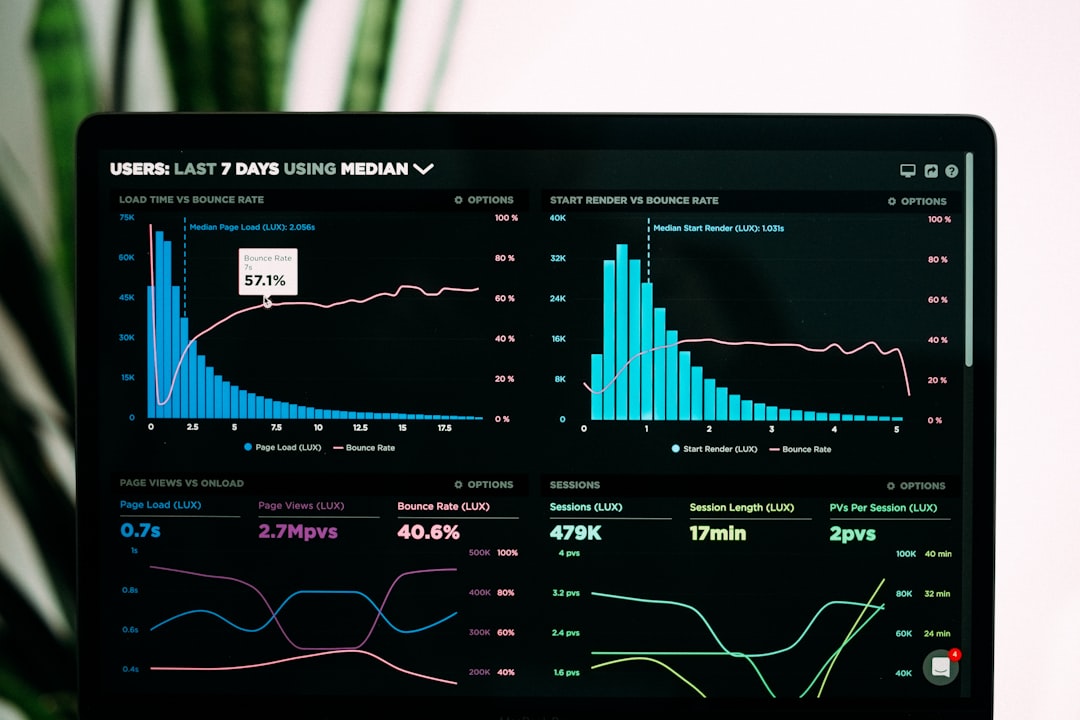
Crypto Website Development: Essential Features
The rise of cryptocurrencies has created a booming demand for crypto-focused digital platforms. From exchanges to portfolio management portals, an effective and secure website is a cornerstone of any successful crypto venture. Developing a crypto website, however, requires careful planning and incorporation of several unique features to meet both user expectations and regulatory requirements.
A well-designed crypto website should offer a blend of security, user-friendly interface, real-time data, and scalability. As these platforms often serve as entry points into the world of digital assets, their functionality and reliability are paramount. Whether one is creating a trading platform, crypto wallet, or a news aggregator, there are essential features to consider that will ensure a seamless and secure user experience.
1. Secure Authentication and Authorization
Given the financial nature of crypto websites, security is non-negotiable. Implementing multi-layer authentication such as two-factor authentication (2FA), biometric login, and encrypted password storage is critical. Role-based access controls should also be in place to determine what functionalities users can access based on their roles.
2. Real-Time Market Data Integration
Users rely on up-to-the-minute information to make informed decisions. Including API integrations with prominent crypto exchanges for current prices, graphs, and market history is essential. Interactive charts and advanced filtering tools also enhance user engagement.
[ai-img]crypto data charts, real time prices, user dashboard[/ai-img]3. Wallet Integration
Whether it’s for storing, sending, or receiving cryptocurrencies, secure wallet integration is mandatory. Web3 compatibility, wallet address management, and QR code support for easy transactions improve usability. Supporting popular wallets like MetaMask or Trust Wallet can also boost user trust and accessibility.
4. Blockchain Explorer Support
A good crypto website should allow visitors and users to track transactions via blockchain explorers. Adding this capability helps verify and monitor all platform transactions, increasing transparency and building user confidence.
5. KYC and AML Compliance
To adhere to global regulations, incorporating Know Your Customer (KYC) and Anti-Money Laundering (AML) mechanisms is essential. This typically includes user identity verification through document uploads, automated background checks, and alerts for suspicious activity.
6. User Dashboard and Portfolio Management
A dynamic and intuitive user dashboard allows individuals to manage their crypto holdings effectively. It should display real-time balances, transaction history, investment analytics, and trending news. Customizable dashboards further enhance the user experience.
[ai-img]crypto dashboard, portfolio management, blockchain interface[/ai-img]7. Mobile Responsiveness and App Integration
Today’s users demand flexibility and mobile access. A crypto website must be fully responsive across devices and easily integrable with mobile applications. Features should include push notifications, real-time alerts, and biometric login on smartphones.
8. High-Performance Servers and Scalability
Traffic spikes are common, especially when market conditions change rapidly. The website needs to operate on high-speed servers while being capable of horizontal scaling. Database optimization and CDN usage can significantly enhance load times and availability.
9. Educational Resources
For users new to crypto, a section with tutorials, guides, and glossary terms can make a significant impact. It not only reduces the burden on customer support but also helps establish the platform as a trustworthy brand.
10. Live Support and Chatbots
Immediate customer support is essential in a fast-moving industry like crypto. Whether through AI-powered chatbots or live human agents, embedding a reliable support system directly into the website helps resolve issues quickly and enhances user trust.
Conclusion
Crypto website development goes far beyond coding and UI design. It requires an understanding of financial regulations, blockchain technologies, and user behavior in digital markets. By incorporating these essential features, developers can create platforms that not only function flawlessly but also provide a secure and engaging experience in the crypto ecosystem.
FAQ
-
Q: Do I need a backend developer for a crypto website?
A: Yes. A backend developer is crucial for integrating APIs, managing databases, running authentication systems, and ensuring overall website functionality. -
Q: What are the best programming languages for crypto web development?
A: JavaScript, Python, Solidity (for smart contracts), and Java are commonly used in crypto websites due to their flexibility and existing library support. -
Q: How long does it take to build a crypto website?
A: Timelines vary depending on complexity, but a basic version with core features may take between 2 to 6 months, including testing and deployment. -
Q: Is it necessary to comply with KYC/AML?
A: If your website deals with financial transactions or crypto trading, compliance is often legally required to prevent fraud and remain operational in most countries. -
Q: Can I integrate my website with decentralized exchanges (DEXs)?
A: Yes. Many crypto websites now integrate with DEXs through smart contracts or APIs to allow peer-to-peer trading directly from the platform.


